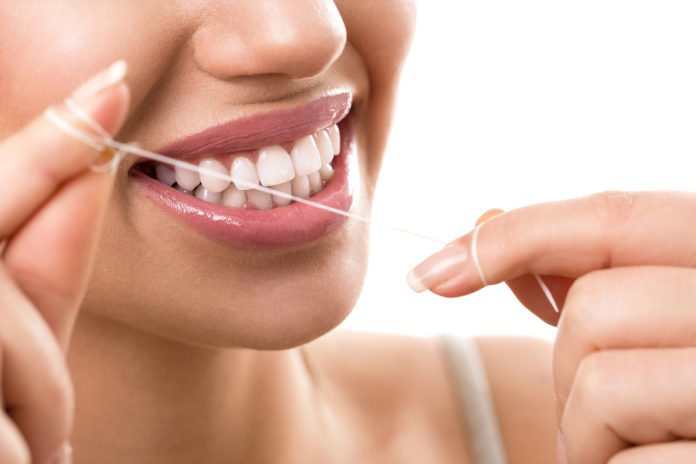Ok, the feared dental practitioner visit. We as a whole know we need to go at regular intervals, and toward the end we as a whole get a similar amicable exhortation, “Make a point to floss!” And while I’ve generally been a quite reliable flosser, I didn’t know how essential it was until the point when I began looking into the second most different microbiome in the body: the oral microbiome. What’s more, as a restorative specialist who encourages my patients watch out for their gut microbiomes every day, I was captivated by the enormous part the oral microbiome (and flossing!) plays in our general wellbeing.
When you truly consider it, it bodes well that our oral cavity houses an exceptionally extraordinary biological community. Our mouths are, all things considered, where assimilation really starts—also, they are the essential access to whatever remains of our body, where we complete a ton of communicating with the outside world. Researchers have been directing their concentration toward this extraordinary network of mouth living beings for a considerable length of time. Actually, a book distributed in 1890, The Micro-life forms of the Human Mouth, advanced our present propensities for brushing and flossing.
So what’s so uncommon about our oral microbiota? The bugs in our mouth frame biofilms, which is an extravagant word used to portray complex gatherings of microorganisms. You may have known about plaque, which is basically a multi-living being biofilm layer on the surface of the teeth. On the off chance that these developing plaques are not disconnected, it can prompt dysbiosis, permitting illness elevating bugs to grab hold and cause issues like depressions, gum disease, and periodontitis (the most extreme type of gum ailment that consumes both the gums and teeth). Significantly more essentially, oral dysbiosis has a scope a long ways past the mouth. These oral microorganisms do advance toward whatever is left of the stomach related tract—and really, there is a 45 percent cover in species found in the oral and fecal microbiota.
Beside the gut, these oral terrible bugs can access whatever remains of the body by experiencing our mouth layers and periodontal takes (partitions between the gums and the teeth) and entering the circulation system. At the point when this happens, the invulnerable reaction can be adjusted, provocative pathways can be actuated, and infection can happen at a site far, far from the mouth. Periodontal ailment has really been connected to both diabetes and cardiovascular illness. How on the planet does that happen? The microscopic organisms of periodontal illness create lipopolysaccharide (LPS), which changes the body’s control of sugar levels and adds to atherothrombogenesis (a major term to portray an aggregation of plaque and coagulating factors in the heart supply routes). Periodontal microorganisms’ DNA has even been found in the coronary supply route plaques of the individuals who endured a heart assault.
Maybe later on, we will see more items focusing on the oral microbiome—perhaps oral probiotics that come in pill shape as well as in a fluid assortment to rinse in our mouths. What’s more, significantly more imperatively, we may even begin to assess the oral microbiome at an early stage with a specific end goal to counteract foundational ailments, similar to diabetes and cardiovascular malady.
Meanwhile, we each need to do our part for our own wellbeing. Other than brushing for no less than two minutes twice day by day, flossing helps expel plaque. It tends to the two surfaces of the tooth that a toothbrush basically can’t achieve (the sides). Make sure to embrace the tooth with the floss in a C-shape and go underneath the gum line. This will remove sustenance buildup and microbes that reason gum sickness.
Thus whenever you’re preparing for informal lodging to persuade yourself that flossing is discretionary, keep in mind about the little critters living in your mouth and the amount they can influence your irritation levels and by and large wellbeing.
